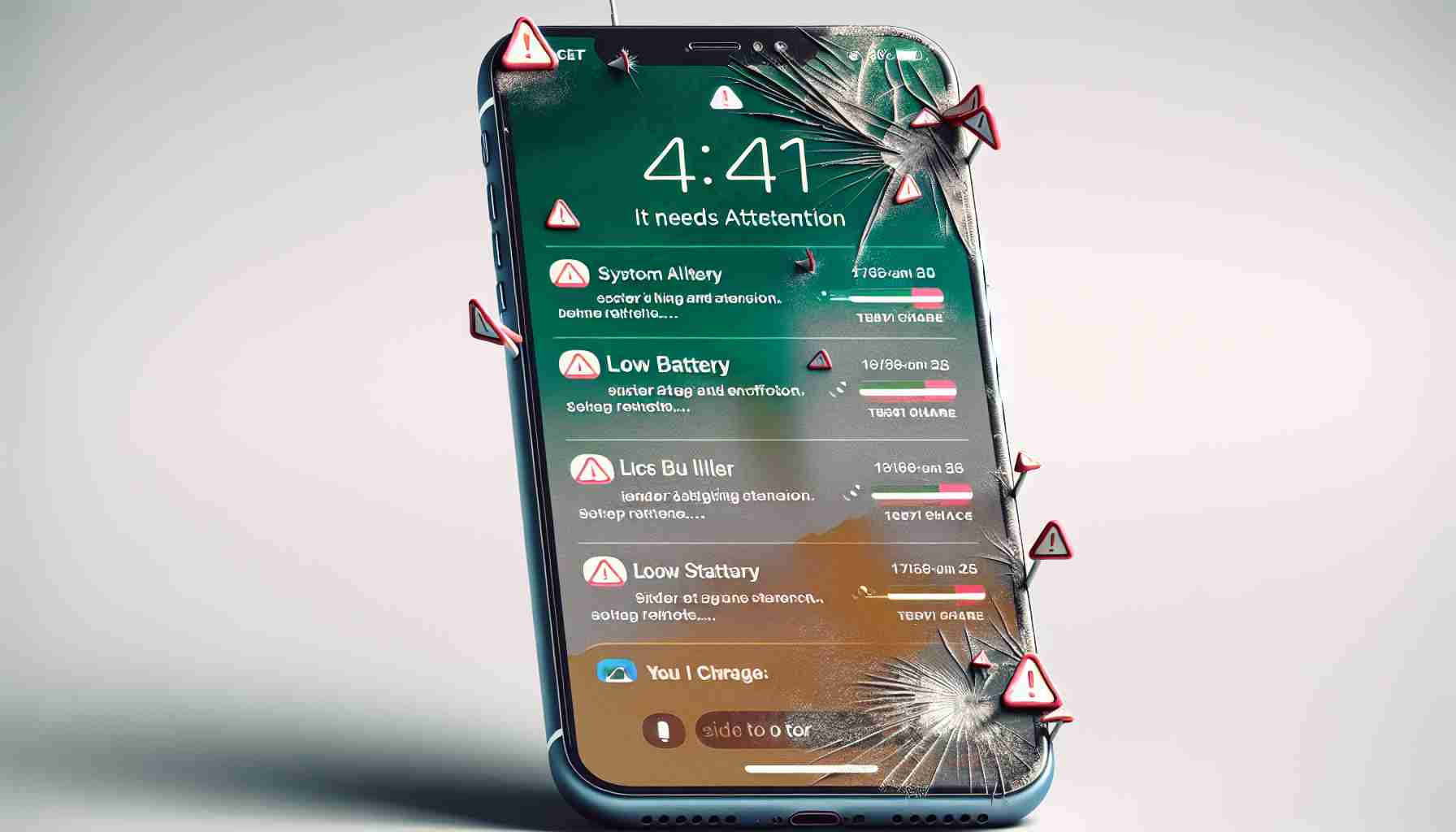Wearable technology like the iPhone is not immune to wear and tear, and watching your device become suddenly unusable can be quite disheartening. More troubling are the symptoms that suggest the end of your gadget’s operational lifespan, such as random shutdowns, display flickering, or unresponsiveness — all contributing to a frustrating user experience.
Ignoring warning signs could lead to bigger issues down the line. Here are five key indicators that your iPhone might need repair or replacement:
Flickering Screen: Flickering, horizontal, or vertical lines can indicate display problems or issues with internal components. If this occurs solely in specific apps, removing and reinstalling the app may resolve the issue. Nevertheless, for definitive diagnosis and repair, consider visiting an authorized Apple service center.
Faulty Charging: An iPhone that won’t charge despite trying different cables and adapters may have battery or charging port issues. Prompt service is essential to prevent complete failure.
Overheating: Consistent overheating during use or charging signals serious trouble. It can cause internal damage or even lead to hazardous situations. Using your device on a flat surface, avoiding use while charging, and keeping it out of direct sunlight during warm weather can prevent overheating.
Unexpected Shutdowns: Sudden power-offs may indicate significant battery or circuitry problems. If frequent shutdowns occur, immediate repair might be necessary. Updating to the latest version of iOS could resolve any related software issues. If updates don’t help, it’s time to consider service.
Delays and Freezes: When your iPhone starts performing slower and experiences regular delays, it could signify hardware wear or the need for a system update. Often, these symptoms precede more serious problems.
Water Damage: iPhones are also susceptible to water damage which can entail grave consequences. Spilled beverages or exposure to heavy rain can quickly lead to damage. If your iPhone gets wet, act fast by turning it off to prevent further internal damage and remove any covers or accessories to aid in drying.
Relevant Facts:
– iPhones have a limited number of charge cycles before the battery begins to diminish, typically around 500 full charge cycles before the battery retains only 80% of its original capacity.
– Apple offers a battery replacement program where users can get their battery replaced at a discounted rate outside warranty.
– The iPhone’s performance can be intentionally throttled by Apple if the battery’s health has degraded significantly to prevent unexpected shutdowns, a practice that led to controversy and a feature in iOS that lets users monitor battery health.
– iPhones are rated for certain IP (Ingress Protection) levels which determine their resistance to elements like dust and water; however, this protection can degrade over time or with damage to the device.
– Third-party repairs can void warranties and if not done properly, can cause additional issues, so it’s generally suggested to use authorized service providers for repairs.
Key Questions and Answers:
– Q: What should be done if an iPhone is overheating?
– A: If the iPhone is overheating, stop using it immediately, remove any case on it, and place it in a cooler environment. If the problem persists, it may require professional attention.
– Q: Can software updates sometimes fix battery or performance issues?
– A: Yes, software updates can fix bugs and optimize performance, potentially resolving related battery or slowdown issues.
Key Challenges or Controversies:
– Battery Replacement Controversy: Apple was criticized for slowing down iPhones with degraded batteries without informing users, which led to a battery replacement scheme and more transparency about battery health.
– Right to Repair: There’s an ongoing debate about consumers’ right to repair their devices versus manufacturers’ restrictions on repairs and parts distribution.
Advantages and Disadvantages:
– Advantages: Recognizing warning signs can prevent data loss, avoid safety hazards, and maintain the device’s longevity. Addressing issues promptly can save cost in long-term repairs or replacements.
– Disadvantages: Some repair costs might be expensive, especially out of warranty. In some cases, the device may need to be replaced altogether, which can be a significant financial setback.
If looking for more information or official support for your iPhone, you can visit Apple’s official website through this link: Apple.
